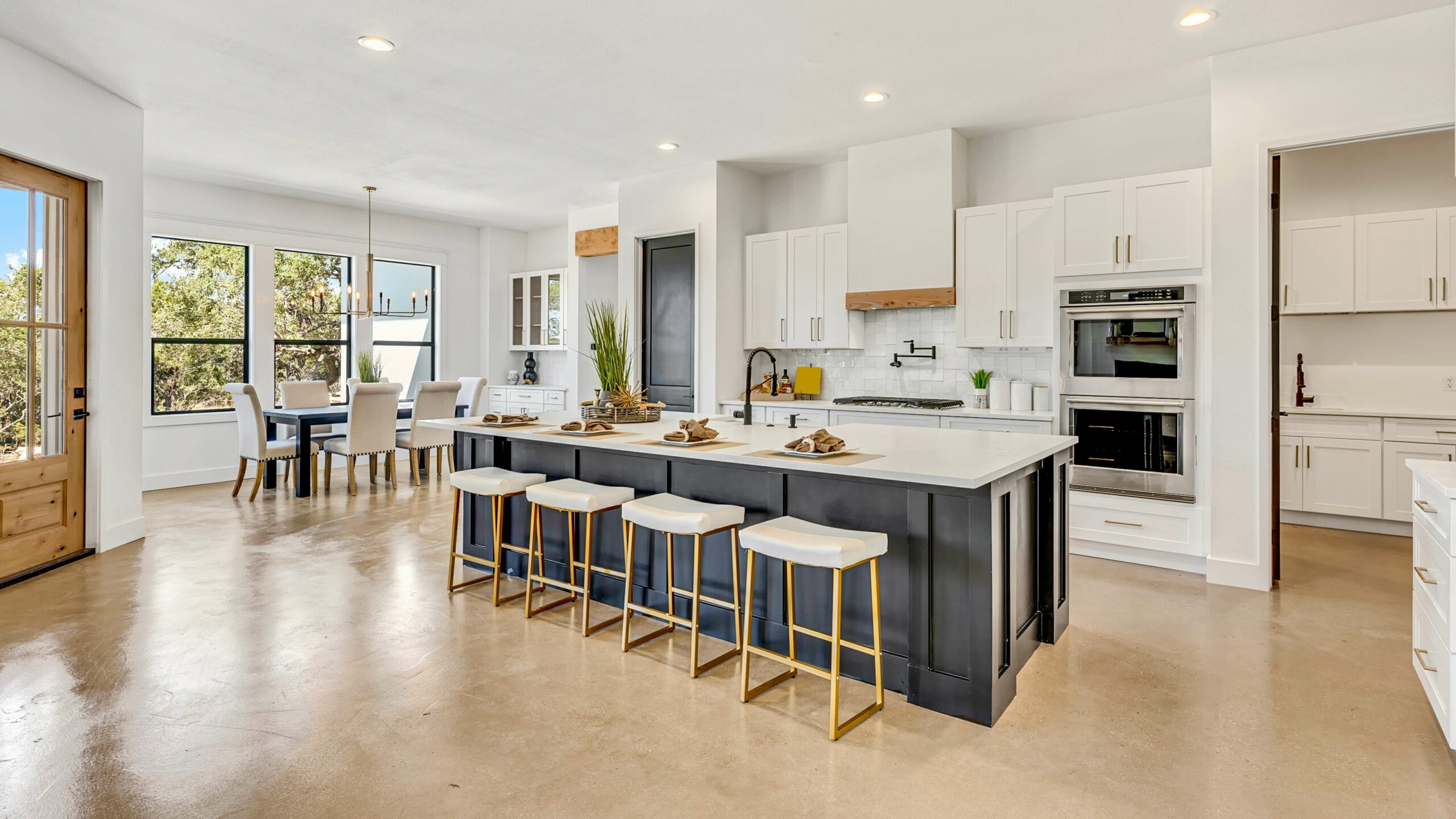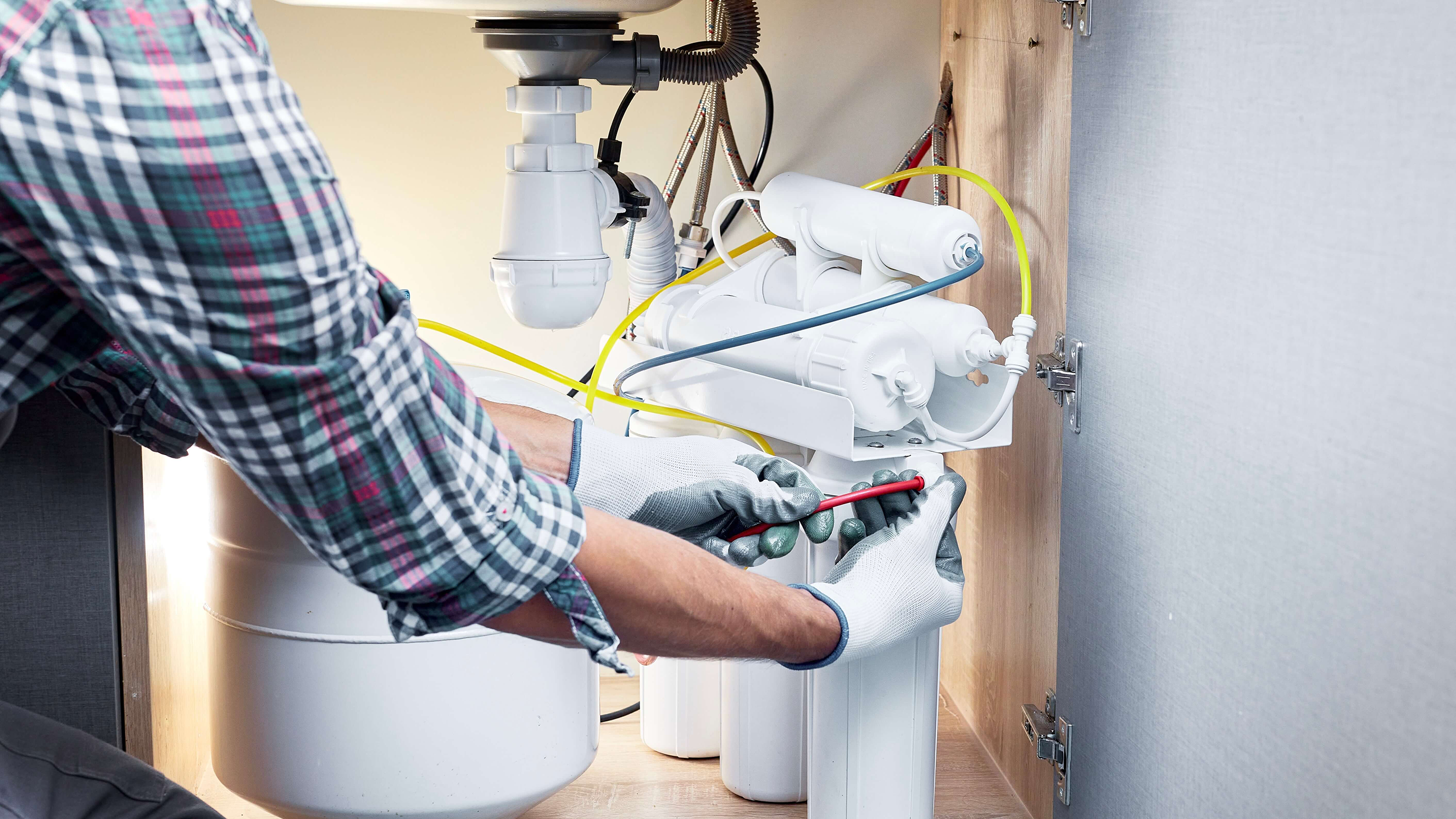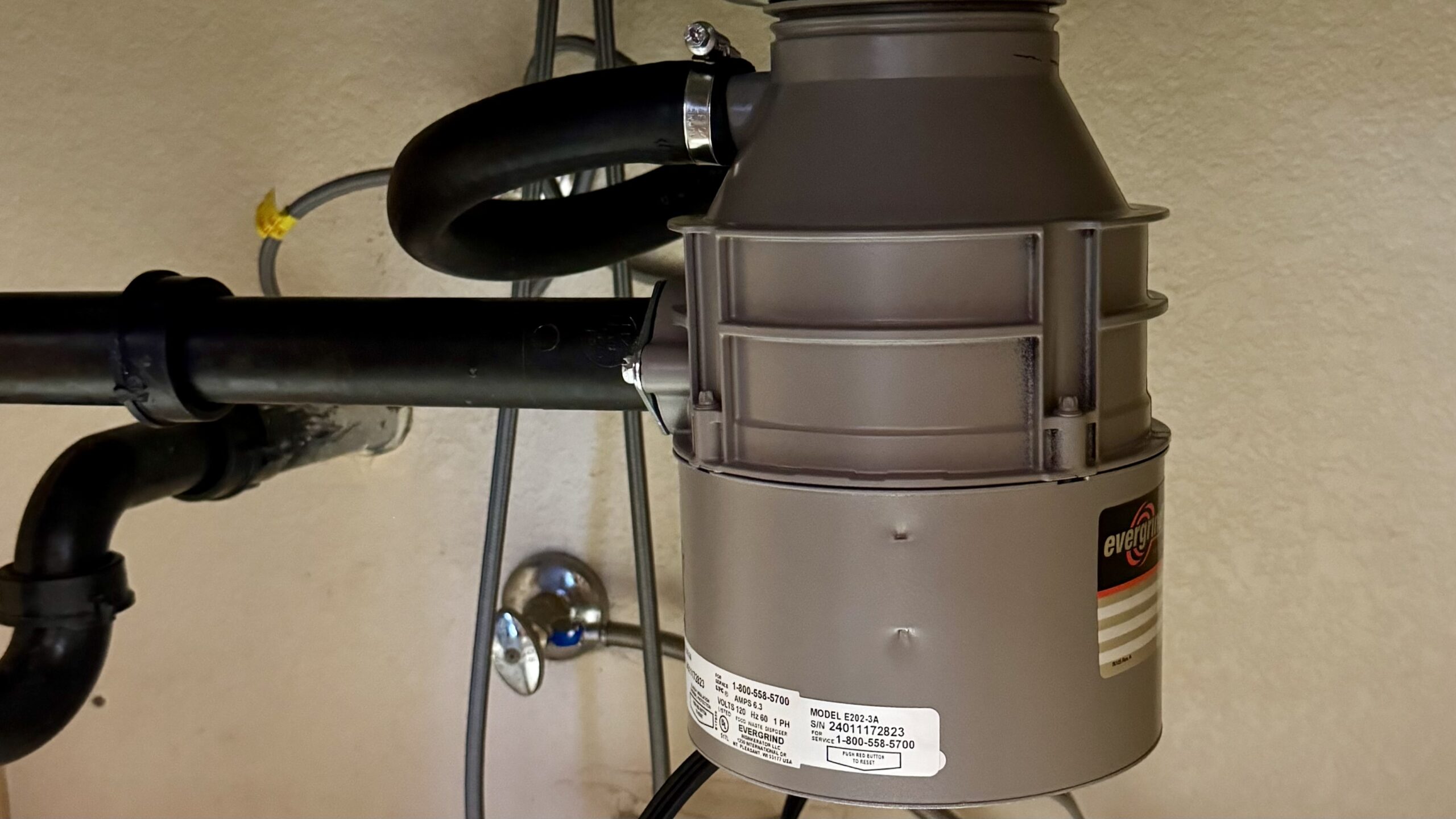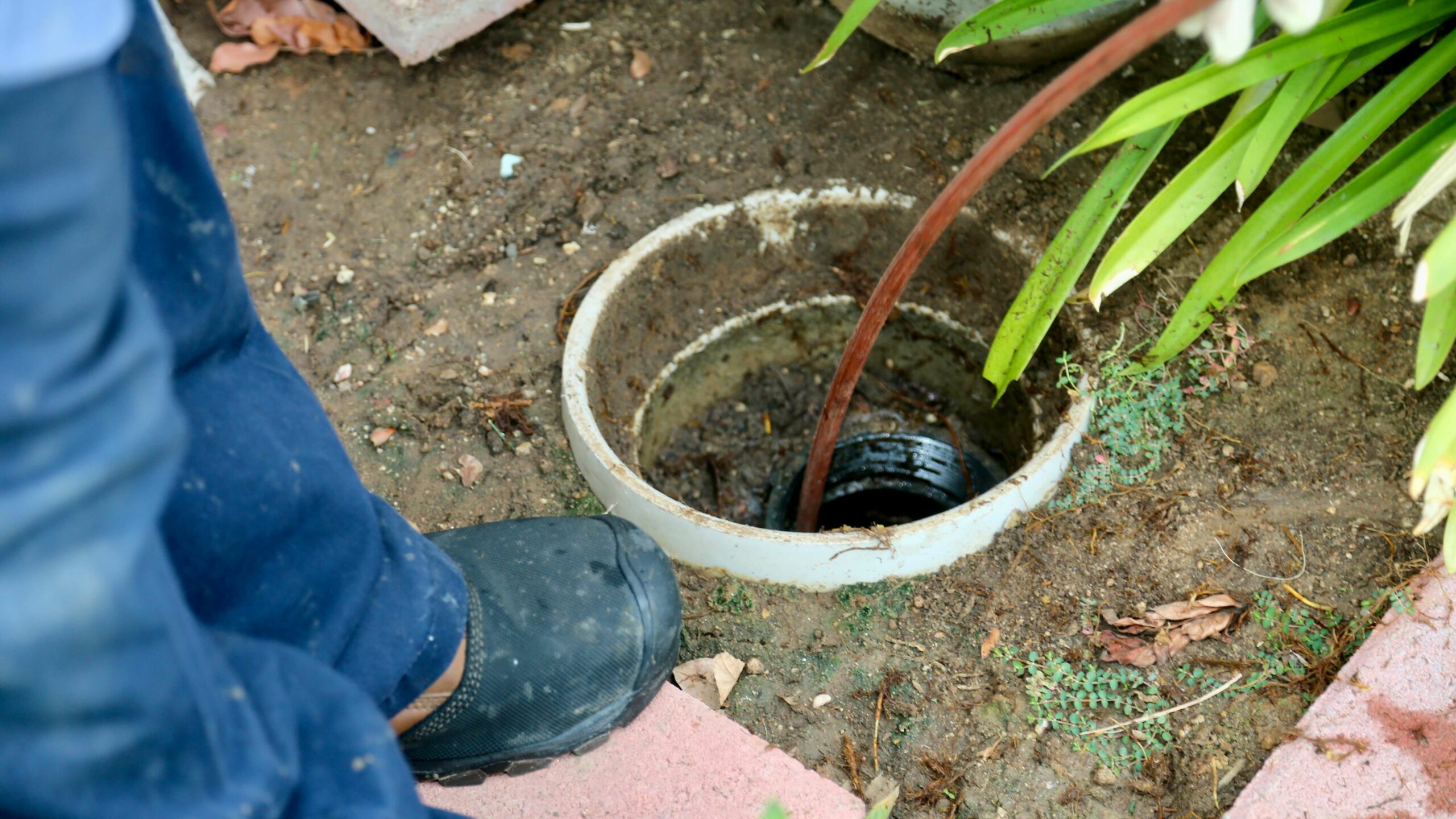Kitchen makeovers always look great on HGTV shows and network influencer videos, but they are also significant undertakings. There are many major factors to consider, including budget, time, design, and general disruption to your home.
While the average cost of a kitchen remodel is around $25,000, several variables include how much of it can be handled as a DIY project or what type of materials will be used. The type of countertop, cabinetry, cabinetry hardware, flooring, and lighting can all make a difference.
The importance of plumbing as part of a kitchen makeover.
While most people are prepared for the cosmetic elements of their kitchen upgrade, not everybody is prepared for the work behind the scenes. The most glaring oversight is often tied to plumbing. Yet, if neglected, it can lead to minor inconveniences and costly disasters.
“The plumbing system is the backbone of any kitchen,” says Dan Gonzalez, owner of Flush It in Las Vegas. “A good designer will always consider the flow of water to faucets, sinks, garbage disposals, dishwashers, and refrigerators. You might be surprised at how many of our calls are related to newly purchased homes that underwent extensive kitchen remodels to make them appear more attractive.”
Gonzalez says homeowners, whether they plan to enjoy their new kitchen or are sprucing it up for sale, are often trying to cut their budget or are overwhelmed by the number of decisions that need to be made. Plumbing sometimes gets lost in the shuffle.
How countertop and cabinetry installers work with licensed plumbers.
Thomas Spejcher, a certified countertop and cabinetry installer with over 30 years of experience, agrees. It’s more important than ever to contract a trusted plumber, especially one that the homeowner trusts, if they want the plumber to provide additional maintenance for years after the install.
“If homeowners are not working with a designer, it’s not uncommon that their first call will be to someone who installs custom countertops and cabinetry,” says Spejcher. “Aside from replacing appliances, countertops and cabinets tend to show the most wear and tear in a kitchen.”
His company, Master Millwork Installers in Tennessee, often works alongside licensed plumbers during kitchen remodels. Ideally, Spejcher says, they need to be hired early in the process — not just to install pipes and fixtures but to remove, reroute, or replace everything associated with the new design.
“Many remodelers cannot pull off an efficient install, especially in the case of underground pipes,” said Spejcher. “For example, one time, we removed a garden tub, which meant moving the drain and the water lines about six feet to accommodate a new walk-in shower. As the shower head was a full body shower system, it would have been very difficult to plumb. But my plumber made the job a breeze.”
While this example pertains to a bathroom remodel, the same considerations must be made in the kitchen. The point is that plumbers should be part of the process during every phase of the remodel—demolition, removal, and then any rough-in plumbing, which includes the main pipes and any plumbing system components prior to the fitting process.
The true benefit of hiring a plumber as early in the process as possible.
“The value in hiring a qualified, licensed plumber is their knowledge and expertise,” says Spejcher. “If there is ever any problem — like a leak or water damage — the homeowner will need a work order and any other documentation for the insurance company. Whether or not the insurance company will pay for it is often tied to who did the work.”
Spejcher said he couldn’t imagine working on a kitchen remodel without having a trusted plumber demo the system for proper water flow before any flooring, sheet rock, or wall finishes are placed over the pipes. This is especially important if the job requires a code inspection.
Although Spejcher is often hired by designers, architects, and general contractors, he says there are a number of design considerations homeowners should think about. These include placing dishes and glasses near the dishwater, trash near the sink, prep space between the fridge and the range, pantry space next to the fridge, and proper lighting for meal preparation.
How plumbers can provide a different perspective on kitchen design.
Gonzalez added that designs should place dishwashers near the sink and minimize the number of water lines needed throughout the kitchen. One of the least functional designs he’s seen in recent years put the refrigerator between the stove and the pantry, with no prep space near any of the appliances.
“It also required an additional water line behind the oven to a refrigerator that didn’t need to be there had the design been better thought out,” he said. “I love it when homeowners ask me questions about their plumbing, whether for a kitchen remodel or just general water-saving and preventative maintenance tips. I’m on their side.”
Gonzalez said that with the right team, homeowners have a better chance of minimizing the inconveniences most makeover shows tend to gloss over. But for all the inconveniences that do come along, having the kitchen of their dreams makes it all worth it.






